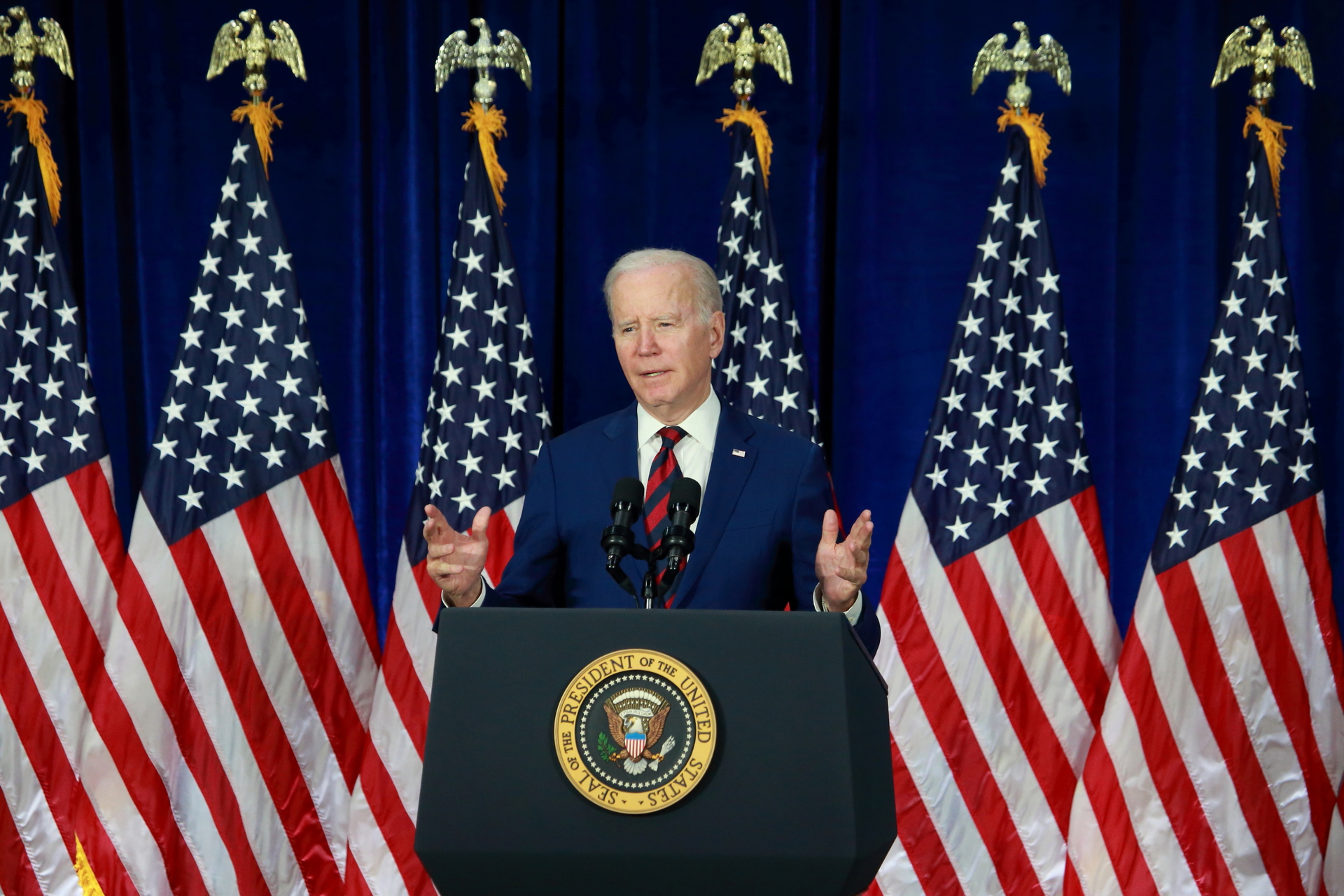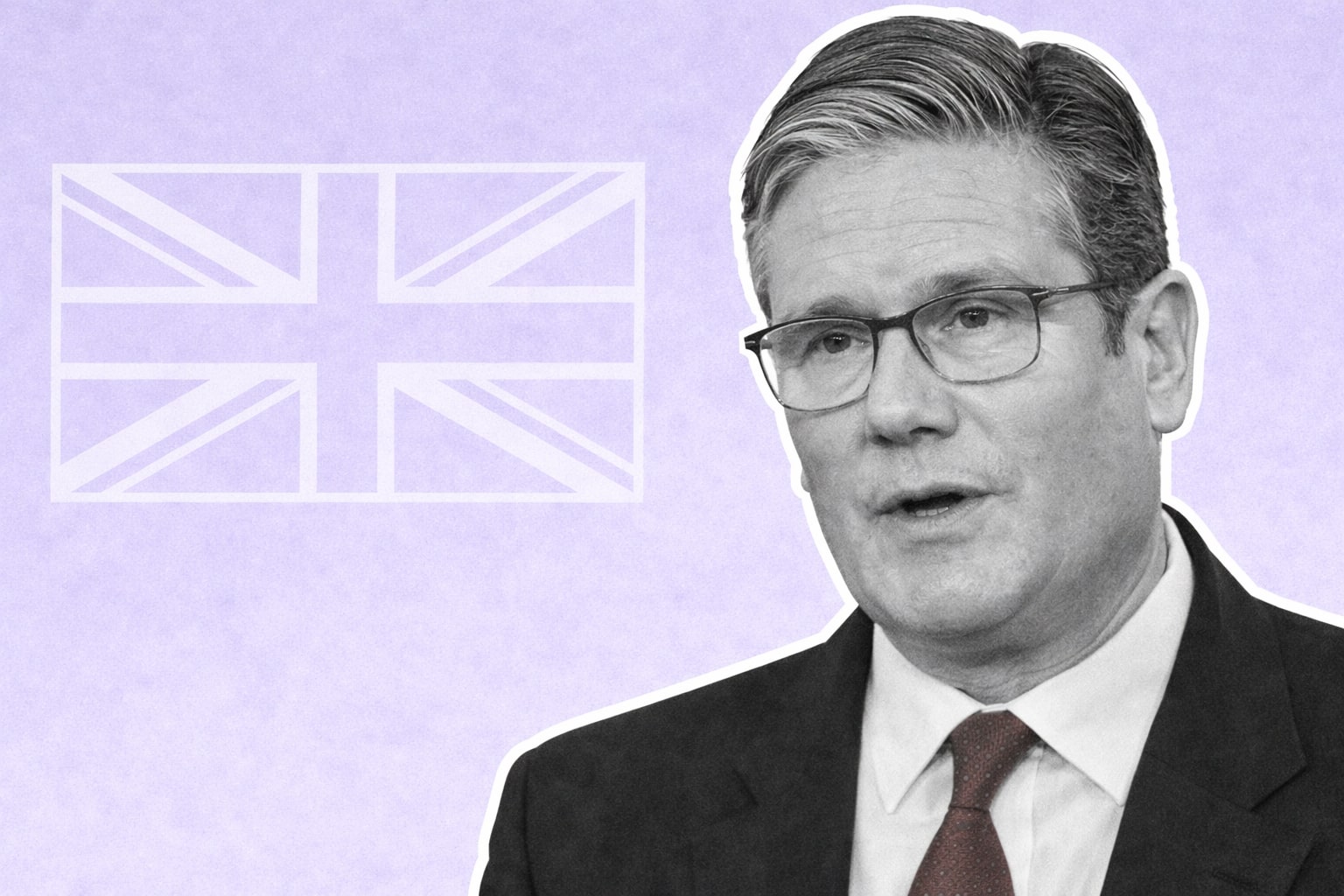
US Recession Risks Soar: Stagflation Looms Amid Fed Tightening and Bank Failures
El Nino's Climate Wildcard Threatens Commodity Supplies and Inflation, Challenging Fed's Soft Landing Hopes
Federal Reserve Chair Jerome Powell remains optimistic that the U.S. economy can avoid recession. However, several challenges threaten his forecast, including a potential credit crunch, a debt-ceiling deadlock in Washington, and the impact of El Nino on global commodity supplies. These obstacles could lead to a downturn in the second half of this year, significantly raising the risk of recession.
The U.S. has experienced the fastest monetary tightening in four decades, with interest rates rising from near-zero to above 5% since March last year. Such tightening historically tends to lead to recessions, as borrowing costs climb and asset prices fall. According to James Galbraith, an economics professor at the University of Texas, there is no good example of a "soft landing" in the past five decades.
The looming credit crunch, driven by Fed tightening and bank failures, is likely to hit small businesses and commercial real estate hard. A wave of bank failures, such as Silicon Valley Bank, has raised concerns about the overall health of the banking system. Bank failures amplify the effect of higher interest rates in curbing credit, and stresses in the banking system have a tendency to snowball. Already, bank failures in 2023 rival those in 2008 in terms of asset size.
The debt-ceiling deadlock in Washington threatens a period of intense financial stress. Treasury Secretary Janet Yellen warned that the U.S. government's ability to use special accounting maneuvers to stay within the debt limit could be exhausted as early as the start of June. If the U.S. government defaults, the blow to the economy and markets could rival the 2008 crash.
El Nino, the extreme weather system, is gathering force and could disrupt global commodity supplies, pushing prices higher and keeping the Fed focused on inflation. A strong El Nino could add to inflation as storms, floods, and droughts in different regions disrupt food and energy output. The International Monetary Fund says strong El Ninos can add 4 percentage points to commodity-price inflation.
If growth does start to slide, sticky inflation will limit the Fed's ability to respond. With prices rising much faster than the Fed wants, Powell has said that it would not be appropriate to cut rates. This means that if a recession hits, monetary stimulus may not be available to mitigate its effects.
A soft landing is possible, but it is difficult to make it the base case. Bloomberg Economics' recession probability model suggests that a downturn starting by July is a near certainty. If a shallow recession occurs, it might not be enough to bring inflation back to target, resulting in stagflation.
The banking system is also under stress due to higher interest rates and a lack of leadership. Regional banks have taken risks to compete with big banks, making loans on terms that did not account for a slowing economy. As a result, regional bank stocks have seen significant declines, and concerns about the stability of these banks have led to depositors moving their money out of the regionals.
To prevent a full-scale recession, policymakers may consider extending deposit insurance above the current $250,000 limit or allowing regional banks to fail and be taken over by larger, better-capitalized banks. However, these solutions may not be sufficient to stop the drain of capital and maintain the nation's lending apparatus.
In conclusion, the U.S. economy faces significant challenges that could lead to a downturn in the second half of this year. While a soft landing is possible, it is not the most likely outcome, and policymakers must navigate a difficult path to avoid a recession and stabilize the banking system.
Read More
-
Pagaya Stock Price Forecast - PGY at $23.20: Is PGY Stock the Cheapest AI Fintech of 2026?
19.12.2025 · TradingNEWS ArchiveStocks
-
XRP Price Forecast: XRP-USD Stuck at $1.87 With $3 2026 Target and $10–$25 Long-Term Range
19.12.2025 · TradingNEWS ArchiveCrypto
-
Oil Price Forecast: WTI Near $56 and Brent at $60 Signal Risk Toward $50
19.12.2025 · TradingNEWS ArchiveCommodities
-
Stock Market Today: AI Chip Rally Lifts Nasdaq as $7.1T Quad Witching Hits
19.12.2025 · TradingNEWS ArchiveMarkets
-
GBP/USD Price Forecast - Pound at 1.34 As BoE Cut And Soft Dollar Keep Bullish Path Toward 1.35
19.12.2025 · TradingNEWS ArchiveForex



















